Summer in Ottawa is road work season. Wherever you go, you’re bound to encounter construction zones. It can be a challenge to navigate for pedestrians, cyclists, and drivers alike, as the regular rules of the road may need to change to deal with special circumstances. Remember that construction zones are workplaces, too, so keep yourself and the workers safe by following our guidelines for road work areas.
Guidelines For Pedestrians
Avoid construction zones if possible.
If ongoing work blocks your regular walking route, try to avoid the blockage. Staying away from heavy equipment and debris is the best way to keep yourself safe.
Follow marked paths.
Obey signage in the area that indicates where pedestrians should walk. Stick to the labelled side of the street and stay inside tunnelled areas at all times. Pedestrians in unexpected areas can lead to accidents. It is a requirement that the project crews arrange safe passage for pedestrians when construction is happening on roads/sidewalks (unless there is a complete detour in place). This could be temporary lanes on the shoulder marked with pylons and signage for pedestrians. If this is not the case, we encourage you to call 311.
Watch your step.
Construction zones often create uneven ground and unexpected potholes. These may be covered with wood panels or metal plates that are unsteady. In addition, the ground may be wet or slippery as work progresses. Keep your attention on your feet and focus on your balance.
Move through the area quickly.
Although it can be tempting to take a moment to watch the machines at work, don’t linger in the construction zone. Keep moving, don’t lean or press against barriers, and leave lots of space around machinery and workers.
Guidelines for Cyclists
Walk your bike.
Construction zones are especially hazardous for bike riders as bike lanes may be narrowed or closed, and alternatives specifically for bicycles are not often offered. It can be hard for large machine operators to spot bikes moving through the zone in unusual areas. The safest thing to do, if possible, is to walk your bike through road work areas and follow pedestrian pathways.
Take the lane.
If you cannot walk your bike, take the full lane and obey signage and lanes as marked for motor vehicles. Only use bike lanes if they are fully open and watch for unexpected dips and sharp edges on bike lane pavement, which are often marked only with cones or ribbon. Don’t try to weave in and out of traffic or bypass stopped cars by using unmarked side passages.
Make eye contact with workers.
Visibility is the biggest challenge for a cyclist in a construction zone. Make eye contact with workers, especially flagmen or those driving large vehicles, before entering the zone and while moving through it. And of course, always use basic cycling safety features like bright clothing, reflectors, and lights to make sure you can be seen.
Guidelines for Drivers
Watch for signage as you approach.
Depending on traffic in the area and the size of the job, there will be signage for some distance as you approach a work zone. Signage can be reflective orange, signs with lighted words, or road markings like rumble strips. Slow down so you can see and absorb markers that show you how to approach safely and keep on the alert for marked detours or road closures.
Respect the flagmen.
Flagmen are professionals who understand traffic flow and how to keep everyone safe. Always be prepared to stop when moving through a construction zone, as failure to stop or yield when directed by a flagman is against the law. Leave lots of space in front of you in case you need to stop suddenly and keep an eye on flagmen and their directions at all times. And if there is no flagman and your lane is blocked, wait patiently for oncoming traffic to clear before crossing the centre line.
Obey the posted speed limits.
Speeding through a construction zone is one of the leading causes of road work accidents. Speed limits in work areas are set based on the types of surfaces present, the narrowness of the lanes, and the location of workers in the area, and must be followed to keep both construction workers and passersby safe. One other reason to take posted limits very seriously? Fines for speeding in a construction zone are doubled.
Respect cones and other barriers.
Do not try to get around traffic by venturing into unmarked areas or driving around barriers. Do not change lanes in the construction zone, and leave plenty of space around workers and machinery for their safety and yours.
Remain attentive at all times.
Completely stopped traffic isn’t a good reason to pull out your phone or crank the radio. Stay vigilant so you can respond quickly when the situation changes.
Be patient!
Construction areas can be inconvenient, but it is important to obey the rules. Construction zones are active workplaces with many hazards that should be respected. Try to plan ahead by leaving extra time to pass through known construction zones, or program your GPS before heading out in the summer months so it can warn you of road work delays on your route.
Earn your RoadSMARTS
Learn more about road safety by taking the #RoadSMARTS pledge. By taking the Road SMARTS Pledge, you Support Making All Road Travel Safe, which can help improve road safety for everyone. When road behaviours change, accidents are reduced. For more information and to take the pledge for free, visit https://www.ottawasafetycouncil.ca/road-smarts.
